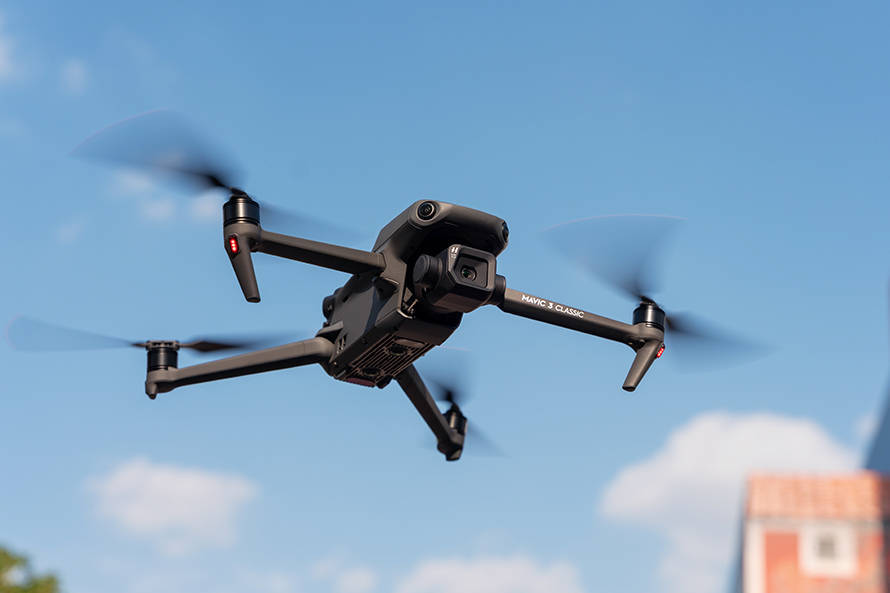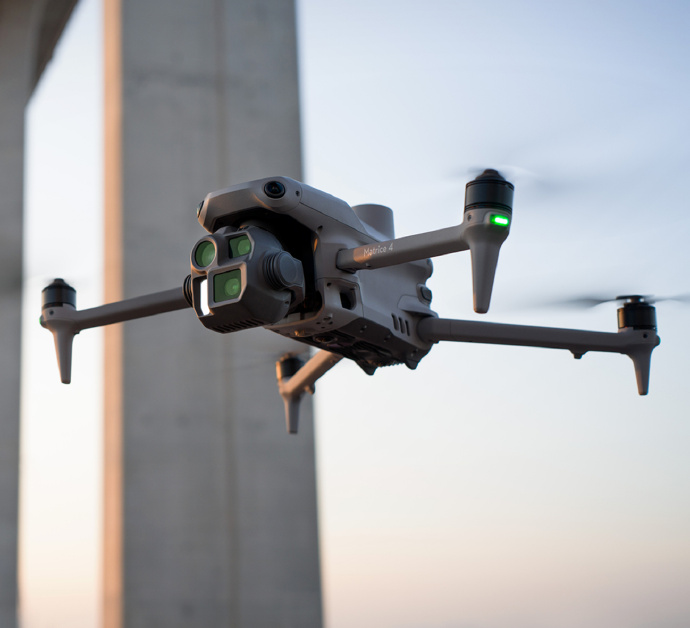The Advantages of Zipline Drones in Delivery
The advantages that zipline drones offer are numerous. They can easily access remote areas where conventional vehicles face challenges due to rough terrains or lack of infrastructure. Their ability to bypass traffic congestion in urban environments ensures quicker delivery, reducing wait times significantly. Additionally, drones run on electricity, making them environmentally friendly compared to fuel-powered vehicles. This feature aligns with global efforts to reduce carbon footprints and promote sustainable practices.
How Zipline Drones Are Transforming Healthcare Logistics
One of the most impactful applications of zipline drones is in healthcare logistics. In several countries, drones are already being used to deliver critical medical supplies such as vaccines, blood, and medications to hard-to-reach locations. This application is particularly crucial during emergencies when swift delivery can mean the difference between life and death. By ensuring speedy transport and precision in delivery, zipline drones are significantly enhancing healthcare accessibility and response times. The ongoing pandemic has further highlighted the necessity of efficient logistics systems, reinforcing the role of drones in ensuring timely access to medical essentials.
The Economic Impact of Zipline Drone Delivery
The integration of zipline drones into delivery systems also offers substantial economic benefits. Companies can reduce operational costs related to human labor and vehicle maintenance by adopting autonomous drone technology. This cost-efficiency extends to consumer pricing, potentially lowering the cost of goods due to reduced delivery expenses. Furthermore, the burgeoning drone industry is creating new jobs, ranging from drone maintenance and operation to tech development and regulatory roles. This diversification in employment opportunities heralds an era of transformation in labor markets, driven by technological advancements.

Challenges and Considerations
Despite their promising attributes, zipline drones face several challenges. Airspace regulation remains a critical concern, with governments across the globe working to establish frameworks that ensure safety and privacy. Weather conditions can also affect drone operations, necessitating advanced weatherproof technology to maintain consistent delivery schedules. Furthermore, concerns around data security and privacy need addressing, given the drones’ reliance on real-time data transmission. The balance between innovation and regulation will be key in unlocking the full potential of zipline drones.
Frequently Asked Questions
Q1: Can zipline drones carry heavy goods? – A: Most zipline drones are designed to carry lightweight items; however, advancements in technology are enabling them to handle increasingly heavier payloads.
Q2: Are zipline drones safe? – A: Yes, zipline drones are equipped with state-of-the-art navigation systems and are subject to rigorous safety protocols, though continuous improvements are being made.
– A: Yes, zipline drones are equipped with state-of-the-art navigation systems and are subject to rigorous safety protocols, though continuous improvements are being made.
Q3: How does weather affect drone deliveries? – A: Weather can impact drone operations, but innovations in weatherproofing and navigation systems are mitigating these challenges effectively.